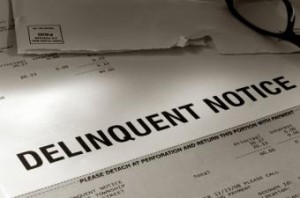
There are many media reports that to some extent link the financial crisis to the housing market crash, and subsequently, research has confirmed that,” Zhang said. “One of the issues that people have paid particular attention to is the role played by derivative securities, and in this case, credit default swaps.”
Credit default swaps (CDS) acting as insurance policies for investors are linked to mortgage defaults that precipitated the 2007 economic downturn, according to researchers from the University of Texas at Dallas.
In a report published in the latest issue of the Journal of Finance, finance and managerial economics professor Dr. Harold Zang and associate professor Dr. Feng Zhao said that credit default swaps – which protect investors of mortgage-backed securities in the event of default – drove the demand for mortgage-backed securities, which in turn led to loose lending on the part of originators and an increase in the number of subprime mortgages offered. Many of those subprime borrowers later defaulted on their loans, driving the default rate higher and bringing on the financial crisis.
“There are many media reports that to some extent link the financial crisis to the housing market crash, and subsequently, research has confirmed that,” Zhang said. “One of the issues that people have paid particular attention to is the role played by derivative securities, and in this case, credit default swaps.”
Zhang and Zhao discovered a direct correlation between CDS and higher mortgage default rates. The originators of the subprime loans packaged and sold them as mortgage-backed securities to investors. Neither the originators or investors had incentive to monitor the borrowers or the status of the loan – the originators had no incentive since the loans were now off of their books, and the investors had no incentive since the loans were backed by the CDS, their insurance policy. According to Zhang, CDS exacerbated the financial crisis by encouraging lenders to originate poor quality loans. The researchers discovered that mortgage loans with a CDS were much more likely to default than those without a CDS, because banks often allowed the riskiest subprime loans to be packaged into securities with CDS coverage.
With the right oversight, however, Zhang believes that CDS can be good.
“It protects investors,” Zhang said. “It helps reduce the cost of financing for financial institutions, and it increases the efficiency of funds. That’s always the advantage of securitization, but we should also be aware that there is this potential downside.”
The researchers said their study is relevant because it provides the first “empirical evidence in academic research” that some originators were engaging in a conflict of interest before the financial crisis by securitizing, packaging, and selling mortgage loans and then betting against them, a practice which first came to light during the testimony of U.S. Securities and Exchange Commissioner (SEC) Commissioner Luis Aguilar during a 2011 Congressional hearing.








